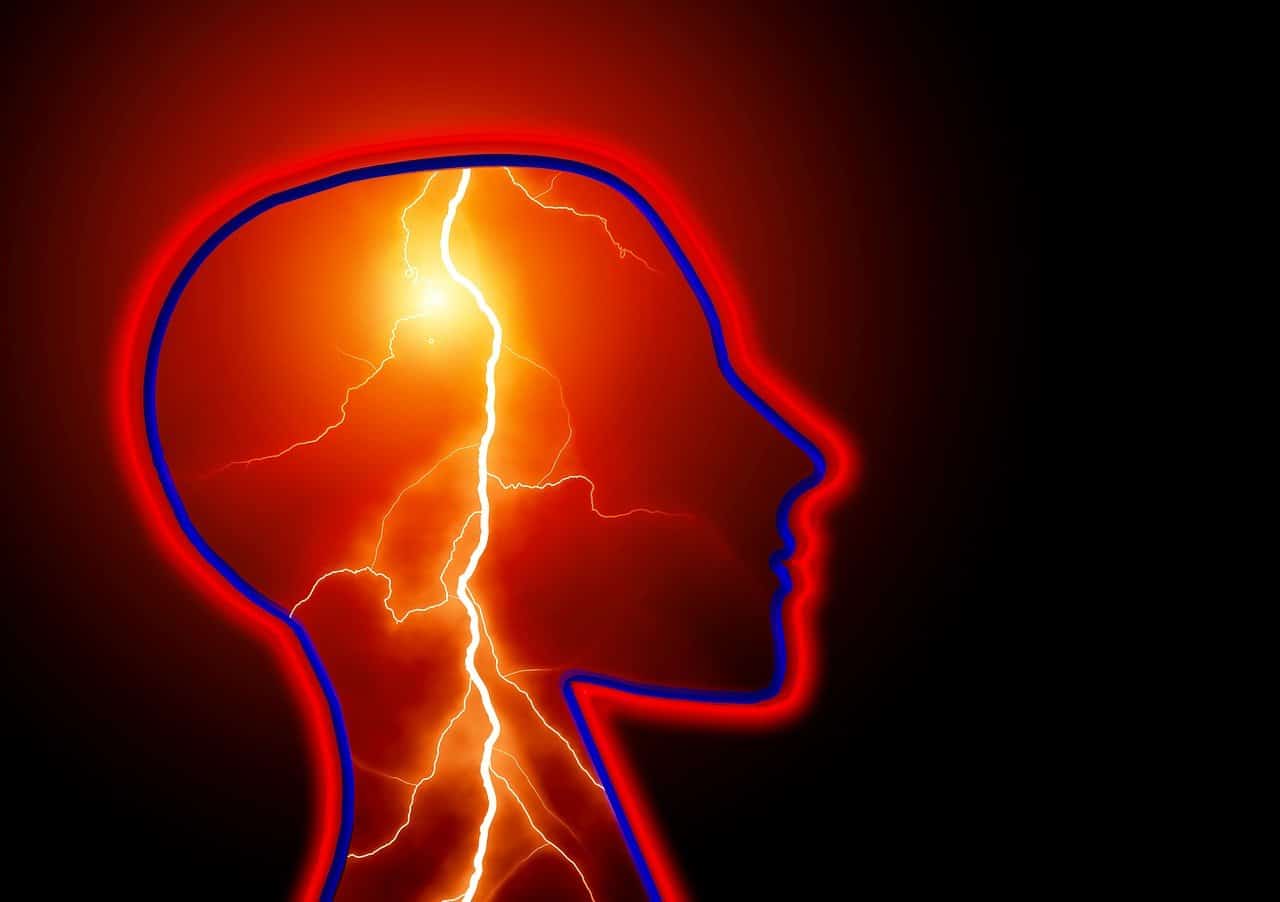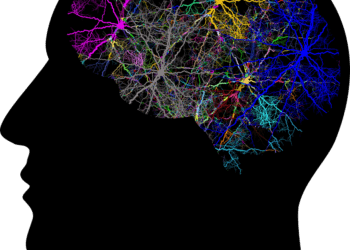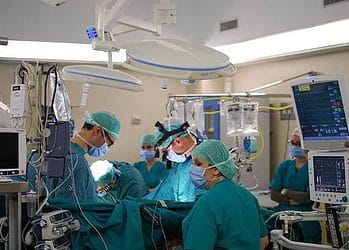
The largest-ever genetic study on epilepsy, a neurological disorder affecting approximately 50 million worldwide, has uncovered DNA changes that put people at risk of this condition. A whopping 26 distinct areas within our DNA seem to play a role in epilepsy.
Doctors have noticed for centuries that epilepsy can run in the family, thereby having a genetic component. But it’s only now that we’ve been privileged with a more in-depth look at these genetic components.
Epilepsy: A Complex Genetic Connection
The International League Against Epilepsy (ILAE) Consortium on Complex Epilepsies led the study, published in Nature Genetics. They examined genetic data from over 29,000 epileptics and compared it to genetic data from 52,538 control subjects without the condition.
The study is one of the largest of its kind. Over 150 scientists based across Europe, Australia, Asia, South America, and North America, contributed to the research. The ILAE Consortium was formed in 2010, recognizing that the complexity of genetic and environmental factors underlying epilepsy would require research across massive datasets and therefore unprecedented collaboration on an international scale.
Epilepsy, characterized by recurrent seizures, is a complex disorder with various manifestations and responses to treatment. The study’s findings offer a more nuanced understanding of the genetic factors contributing to epilepsy and hold promise for developing more tailored and effective treatments.
“Gaining a better understanding of the genetic underpinnings of epilepsy is key to developing new therapeutic options and consequently a better quality of life for the over 50 million people globally living with epilepsy,” said Gianpiero Cavalleri, professor of human genetics at the Royal College of Surgeons in Ireland’s School of Pharmacy and Biomolecular Science.
One key insight gleaned from the study is the importance of accurately classifying different subtypes of epilepsy based on their clinical presentation. This categorization can prove crucial in determining appropriate treatment strategies. This study demonstrated that focal epilepsy (FE) and genetic generalized epilepsy (GGE) have significantly different genetic mechanisms.
Twenty-six separate regions of human DNA were found to be potentially involved in epilepsy. Of these, 19 are unique to GGE. They also identified 29 genes within these regions of DNA that likely play a role in epilepsy. The findings also suggest that proteins involved in transmitting electrical impulses between brain cells contribute to the risk of developing epilepsy in its generalized form.
“This identification of epilepsy-associated genetic changes will allow us to improve diagnosis and classification of different epilepsy subtypes,” said Colin Doherty, consultant neurologist at St. James’s Hospital and co-author. “This in turn, will guide clinicians in selecting the most beneficial treatment strategies, minimizing seizures.”
The implications of these findings are substantial, potentially paving the way for personalized treatment approaches. The study suggests treatments targeting specific genetic factors could yield more favorable outcomes for certain epilepsy subtypes. The potential also extends beyond medication. The study highlighted alternative treatment avenues such as specialized diets, surgical interventions, and neuromodulation techniques.
For instance, dietary therapies like the well-known ketogenic diet have effectively reduced seizures for some individuals with epilepsy. With the knowledge gained from this study, medical professionals could better identify patients most likely to benefit from these dietary interventions.
Similarly, surgical procedures that involve removing specific brain areas, called focal resection, have proven effective in certain cases. Accurate classification of epilepsy subtypes becomes paramount in determining which patients could benefit the most from such interventions.
Additionally, the study highlighted neuromodulation techniques as potential treatment options. These approaches involve stimulating nerves to alleviate symptoms. The most notable are vagus nerve stimulation and deep brain stimulation. The study’s authors suggest that understanding how these techniques align with the genetic markers identified in the study could lead to more targeted and effective neuromodulation therapies.
The research represents a pivotal advancement in comprehending epilepsy’s genetic basis. For patients who have not responded to current treatments, tailored treatments based on subtype-specific genetic insights provide renewed hope.





